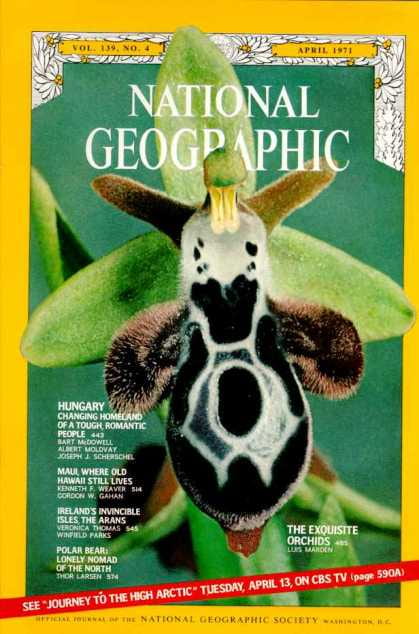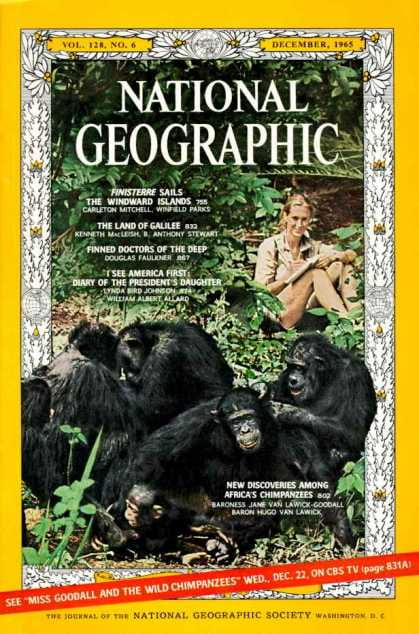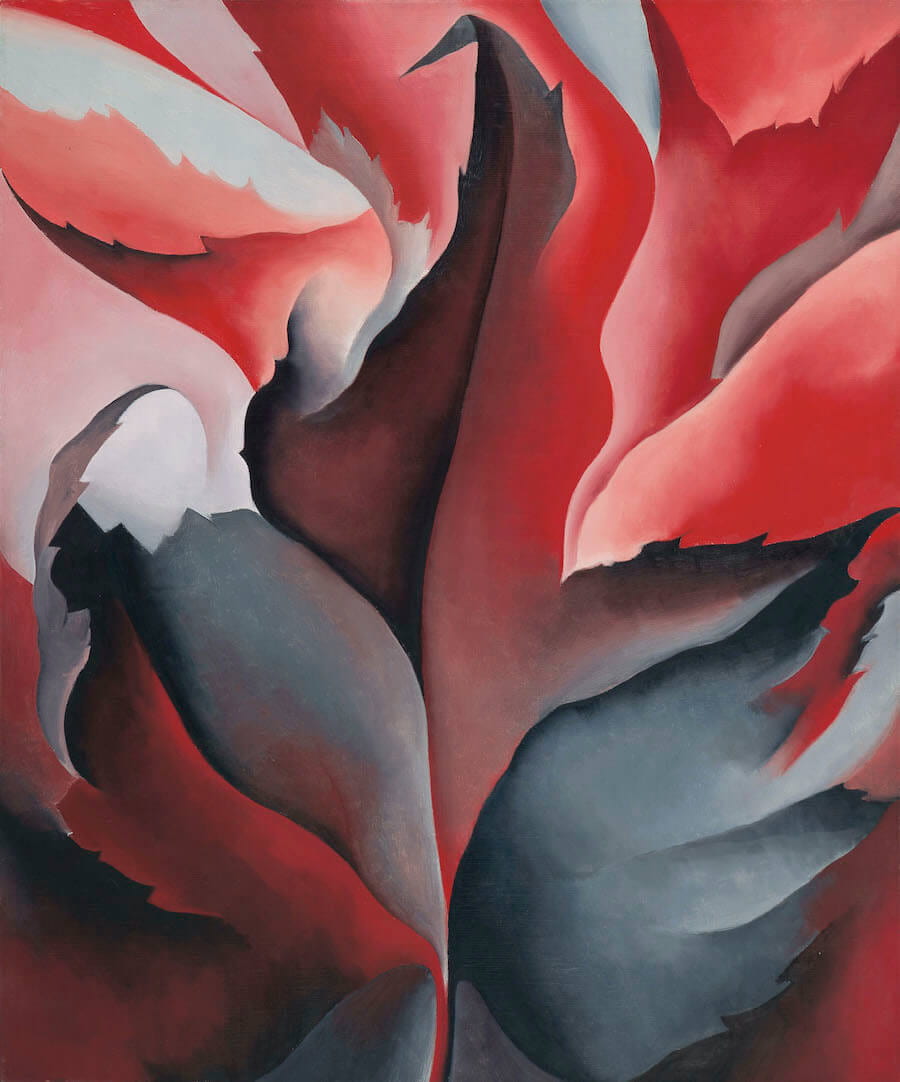Nation Geographic Magazine Cover Review
The first cover from The Isles Of Greece interested me because I saw the boy on the cover and it reminded me of Tarzan and it makes me want to open the magazine and read it.
The second cover from Hungary interested me because of what plant was on the cover, I couldn’t really tell what it was which would make me want to learn more, also it just looks cool to me.
The third cover from “New Discoveries Among Africa’s Chimpanzees” interested me because it looks like it is coming off of the page, I like that touch that they add to most of their covers, it makes it look more visually appealing. I also like chimpanzees.



Georgia O’ Keefe Critique
I am intrigued with this image because it contains my favorite colors. My favorite colors are red, black, and white so it speaks to me. I like most of her paintings because they are simple and all the color tones are always nice.
Article Read & Write
Subjects that are back lit are ideal for silhouettes. It’s better to change your perspective and shoot up at the subject. The foreground of a photo can be used to frame the subject, for example, a shot taken through an open arch or doorway. It’s better to purposely underexpose so the background is much more brighter than the subject.
Cultural Photography: Read and Respond
This article is about Adam Marelli’s cultural photography. He speaks about how hard it is to describe your work as a aspiring photographer. He explains it’s hard to answer the question “What kind of photography do you do?” and his answer to that question has always changed. Sometimes when people ask what you do, you start to think about yourself and what you describe yourself as, which can help you. Marelli realizes that his main interest is in cultural photography.
In the second section I learned that National Geographic won’t do black and white which was interesting to me. Marelli regrets sticking to his guns because even thought he thought that black in white would be important because it reflected an aspect of the Japanese culture, they did not accept his work. Marelli did not agree with their constraints because he believes that photographs should not have constraints which I agree with. Marelli says that he understood NG’s decision but he says, “the project deserved to be in the format in which it was conceived.” I feel like National Geographic should of accepted his work.
Marelli found what his passion in photography really is, in the world of high-end construction, and in the world of Zen Buddhism. Marelli states, ”My goal was to study those worlds, not as an observer or a journalist, but to literally become them before integrating them into my photography.” He wants to learn what he is going to photograph. Marelli was very committed as he spent 10 years in construction and 7 years in Zen Buddhism. I am appreciative of his commitment to teaching his work through his photographs.
READ AND WRITE: PHOTOJOURNALISM
The Capital Hill Mob will be remembered as a fail. Once the mob got in the capital, they did not know what to do, they did it for no reason just because Donald Trump said so. I think the photographer did a good job at capturing the mob’s craziness. The photographs shows everything we need to know about the riot.
Indeed Job Search
Pangea – Photographer,
Requirements:
- Must be comfortable directing talent and teammates to ensure shotlists are captured accurately and completely
- Stays on top of image trends and understands how to portray our products across various platforms (website > social media > performance marketing)
- Captures and edits images in Capture One/Lightroom/Photoshop
- Ability to work on a diverse, collaborative team but also operate autonomously without sacrificing consistency or quality
I think that I meet most of the requirements, I just need to create a portfolio. I am interested in this job because its models showing off a product, and I am interested in fashion photography/ portraits.
$10,000 Photography Shopping Spree
Canon EOS R3 Mirrorless Digital Camera $6,000 This camera is new to the market and will make a great use for photojournalism because it is fast, versatile, and reliable.
Canon EF 24-70mm f/2.8L II USM Lens $1,600 As a photojournalist, you don’t really know what you need so a telephoto lens is very versatile and will be useful.
Canon EF 85mm f/1.4L IS USM Lens $1,900 This lens is excellent for portraits which is a big part of photojournalism.
Cannon Lens Experience Review
The first article that interested me was John Tlumacki’s photojournalist article. John caries a lot of things with him for shooting, he has 2 cameras, one with the 24mm on it and one with a 70-200mm zoom, and he carries a 300mm and the 1.4x and 2x in a bag. He doesn’t want to interrupt things, so he prefers a telephoto lens. John felt like he had to take photos when the Boston Marathon Bombings were happening, he felt like he had to show people the terrors of the situation, so he put his camera over his head and had it on shutter priority mode and just took a photo. John doesn’t like when editors blur out a graphic photo because he wants people to see his photos for what they are and if someone doesn’t like it they don’t have to look at it. John works for the Globe and they asked him to take a plane and go photograph the Berlin wall and so he did, this is interesting to me because he just gets a random call and is asked to do something big like this. John likes to voice his opinion even though people say that journalists shouldn’t have opinions, he says he has nothing to hide.
The second article I looked at was about aerial photography. There is a lot of potential subjects in aerial photography, agriculture, urban sprawl, the natural world, industry, humankind’s impact, cities, mining, and national parks. Something I like is the thought of having a piece of the world as a photograph, I think it is very interesting. He takes photos from an airplane; the airplane moves at about 75 mph which is what he prefers. The type of lens he uses is the Canon EF 70-200mm f/2.8L IS USM lens for most of his shots. Wark says he returns not only with great photos but great stories. Wark says something interesting, “With the airplane you’ve got an infinite number of perspectives, you can change your altitude, you can change the aircraft position, you can change the position of the sun at will… if you’re on the ground it’s not that easy to do.” I find this interesting because it’s true and most people have never seen the ground from hundreds of feet in the air such as myself and his photos can give me an idea of how it is. I admire his work but shooting from an airplane while also flying it yourself seems scary and I don’t think I would do that.
5 Ways for Better Composition
- Follow the Rule of Thirds.
2. Include a Focal Point.
3. Fill the Frame.
4. Frame Your Subject.
5. Break The Rules!
RAW Vs. JPEG Capture
Both RAW and JPEG have advantages and disadvantages. First of all RAW holds better details than a JPEG during post-processing as it has a larger dynamic field. A 8- bit JPEG image only contains up to 16.7 million colors but a 12-bit RAW image can have up to 68.7 billion colors so a RAW image will have more shades of colors. Disadvantages of RAW is that it requires a lot more space as it will fill your memory card faster than a JPEG image will. Another problem is you cant share it with others unless it is converted to a JPEG. In conclusion, RAW is better if you want even more details in your photo, have more customization, and can spare the space.
A JPEG image has its advantages and disadvantages. The JPEG image will take up way less memory than a RAW image, because it is very smaller in size. JPEG is more compatible with most software and modern devices that RAW couldn’t be compatible with. A Disadvantage of JPEG is that it has less details than a RAW image because JPEG can only go up to 8-bit and that contains up to only 16.8 million colors. JPEG has less data so you can’t go in the image after post processing to change the exposure for example, with RAW you can. In conclusion, JPEG is less customizable than RAW but good if you don’t have much space.
What I learned about camera exposure and camera modes.
All Photographs have an exposure, there are three things that determine it’s exposure in the “Exposure triangle”. These 3 things are aperture, ISO, and shutter speed. The aperture is a hole inside every lens that determines how much light will be let in, the ISO speed is the camera’s sensitivity to light, and the shutter speed controls how long light is let in the lens. Each of these factors to exposure also have “side-effects”. Making the aperture f-stop value bigger will result in a large depth of field and a smaller value a shallow depth of field. Increasing ISO speed will result in more image noise, also known as film grain, which makes the image appear “fuzzy”. A faster shutter speed is great for moving action because it will make the action still in the photo instead of appearing blurry, a slower speed is good if you want motion blur or you are taking a photo of a calm environment.
